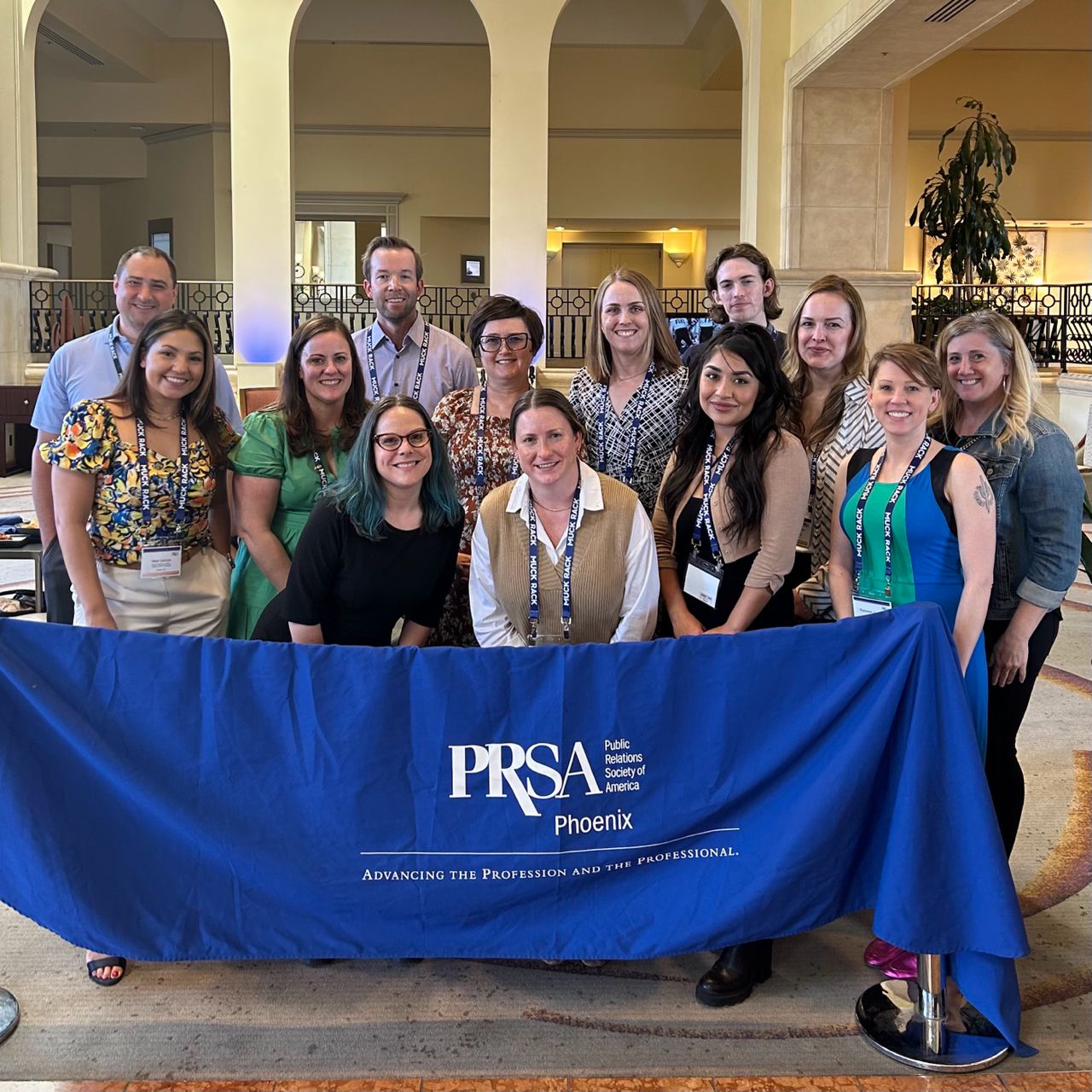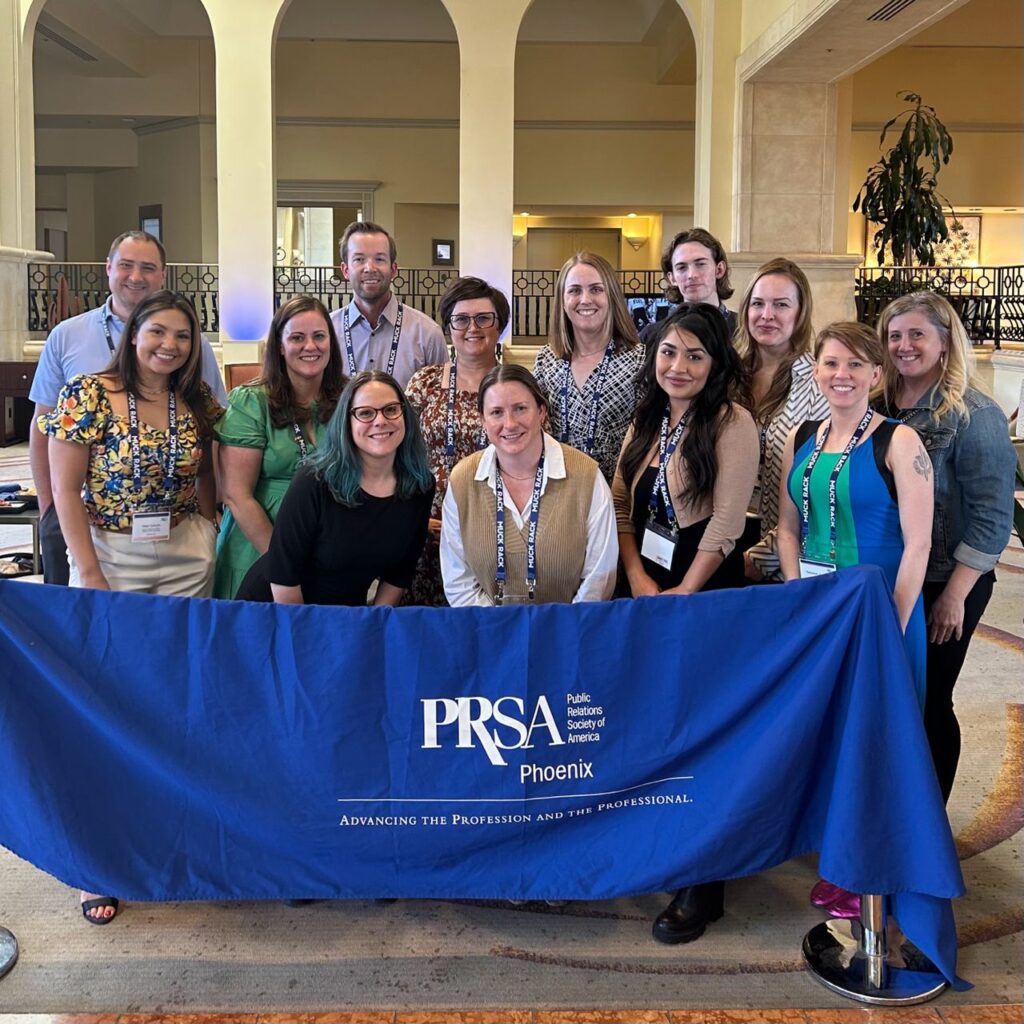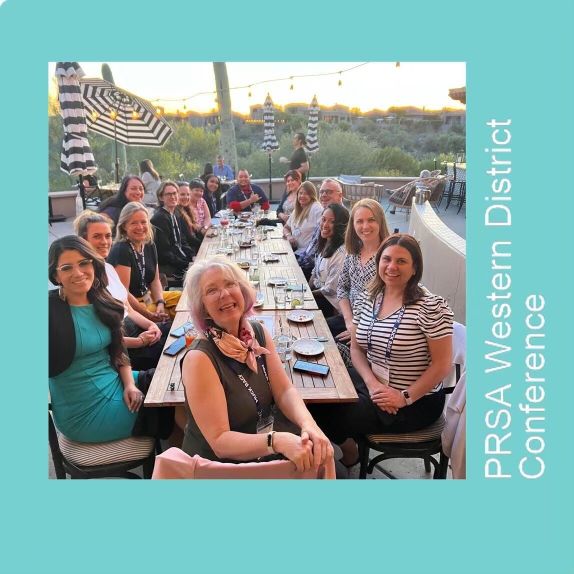
What’s Next in Public Relations: Four Takeaways from the PRSA Western District Conference
By: Erica Fetherston, Director, 10 to 1 Public Relations
The PRSA Western District Conference is an annual opportunity for public relations professionals from across the West to gather and discuss opportunities, trends, and challenges within the industry. With this year’s event in Tucson, it was just a short trip down I-10 to immerse myself in everything PR for a few days.

While there were some incredibly impactful and thought-provoking sessions throughout the conference, there are several key points that stick out to me now that I’ve been back to work for a few days. Here are four things that I’ve been thinking about:
1. AI will have a huge impact, but we aren’t sure how yet
Everyone is talking about ChatGPT and how it will change the public relations industry forever. We all agree there will be a huge impact as we learn how to leverage this new technology, but there are some major warnings to keep in mind. AI can be a useful tool to spark creativity or help with brainstorming, but it should not be trusted to create original written content that is completely factual and free of bias. Public relations professionals should not fear the integration of AI into our daily lives, as its rise will make our jobs as strategic advisors and critical thinkers will become all the more significant for our clients and organizations. If organizations are going to integrate it into their use, however, they should create clear policies to dictate how it should and can be used.
2. Understanding and checking biases is constant work
As strategic communicators, it is our daily role to ensure that the messages we are distributing and the language we use avoid bias. Everyone has biases, no matter their experience or background, so the first step is understanding and recognizing what biases we may possess ourselves. Then, we must constantly review our own work and messaging to ensure that our biases do not have a negative impact on our intended goals. One tool we learned about was ‘asset framing,’ or defining by assets rather than deficits, problems, or challenges. Additionally, if we aim to communicate with a specific audience or group that we do not belong to or have experience with, it is recommended to reach out to that group to confirm what kind of language they prefer. This can be helpful as language and preferences are constantly changing, so it is always better to get those confirmations than to make assumptions.
3. Thought leaders are leveraging LinkedIn more and more
LinkedIn isn’t just for entry-level job seekers. There are millions of senior-level executives in every imaginable industry on the platform. Increasingly, these executives are using LinkedIn more frequently as part of their thought leadership strategy. They use the platform to share news and insights while engaging with their network to solidify their reputation as a thought leader in the industry. If a robust LinkedIn strategy is not part of your thought leadership campaign, it should be!
4. Measuring the impact of PR continues to be a challenge
All public relations professionals know the challenge of reporting the impact of public relations wins and campaigns. We may secure an amazing earned media feature in a top-tier outlet for our client or organization, but what is the measurable outcome that we can report? The answer seems to be that it depends on what metrics matter most, and what metrics are achievable. There may not be a one-size-fits-all solution, as measuring impact changes from campaign to campaign or client to client based on the underlying goals. It is important to ask: What metrics matter? What metrics/data do we have access to?

Many things may change but one thing will be true: Public relations professionals are often at the forefront of periods of transition and innovation due to the nature of our roles and responsibilities. Having to create and execute strategic communications around a global pandemic, social justice movements, an up-and-down economy, and so much more has prepared us to be some of the most adaptable and resilient pros out there. Opportunities like the PRSA Western District Conference only help us stay further ahead of the curve so we can deliver the best possible services to our clients and organizations.